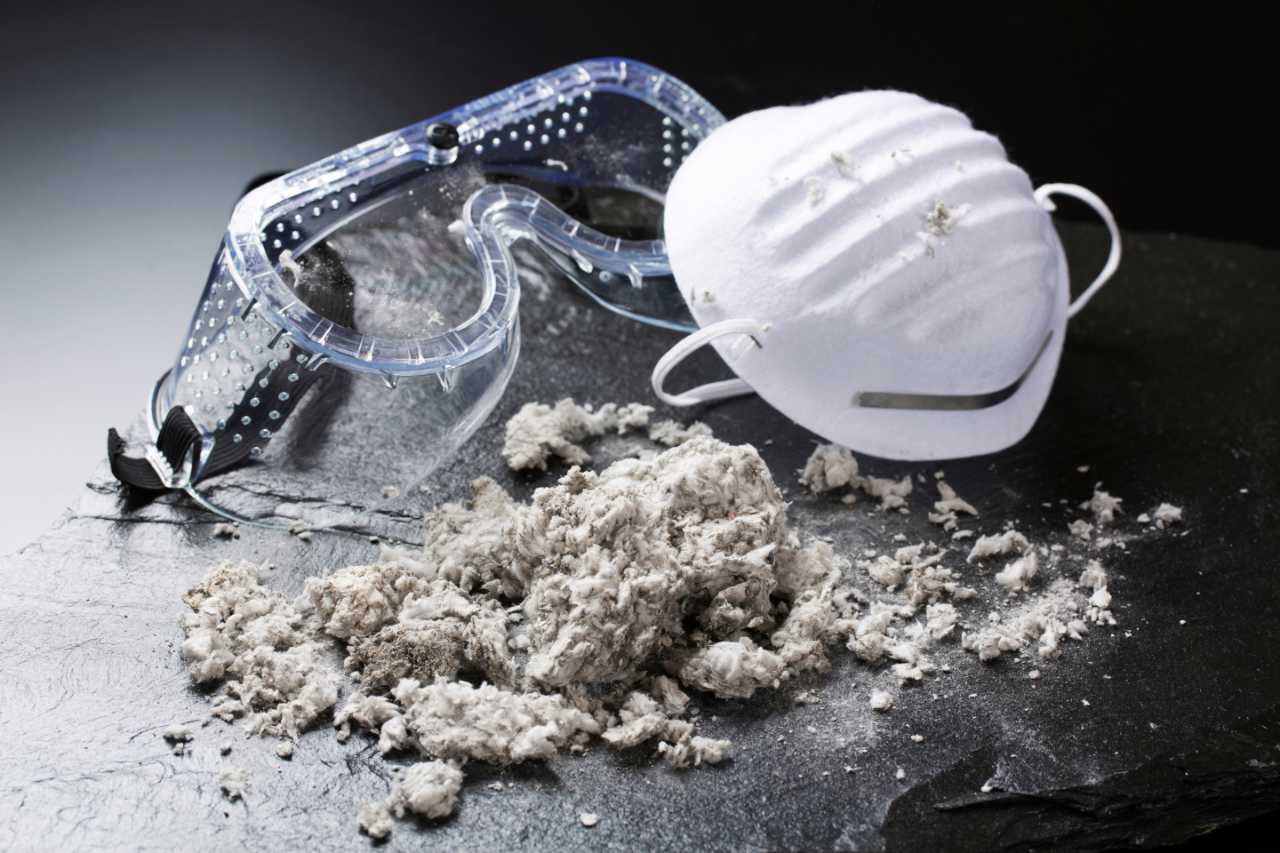
Why is it that there always seems to be some tinkering with legislation just when we all think we know what’s required?
In this instance, it was the European Commission (EC) opinion that the Control of Asbestos Regulations 2006 did not comply with the European Asbestos Worker Protection Directive. In the EC’s view, the omission of two terms in the existing regulations has the effect of allowing too many types of ‘low risk’ work to be exempt from requirements concerning notification, medical examinations and record keeping.
The Control of Asbestos Regulations 2012 redefined the different types of work and introduced a new category of work – ‘Notifiable Non-licensed Work’.
Help keep your premises and workers safe from the risks of asbestos exposure with our IATP Approved Asbestos Awareness Course. Exceeding the guidance associated with the Control of Asbestos 2012 Regulations, it helps organisations meet their legal obligation to train workers who could be exposed to ACMs.
What were the specific changes?
In the updated Control of Asbestos Regulations 2012, the type of work that is exempt from the notification, medical examinations and record keeping requirements is such where:
a) the exposure of employees to asbestos is sporadic and of low intensity; and
b) it is clear from the risk assessment that the exposure of any employee to asbestos will not exceed the control limit; and
c) the work involves:
- i) short, non-continuous maintenance activities in which only non-friable materials are handled, or
- ii) the removal without deterioration of non-degraded materials in which the asbestos fibres are firmly linked in a matrix, or
- iii) the encapsulation or sealing of asbestos-containing materials which are in good condition, or
- iv) the air monitoring and control, and the collection and analysis of samples to ascertain whether a specific material contains asbestos.
(Amendments to the existing definitions are shown in bold italics above.)
The new categories of work the Asbestos Regulations 2012 apply to
The Health and Safety Executive (HSE) decided to de-couple the application of licensing from the exemptions and to separately define the work for which a licence is required. This means that there are three categories of work with asbestos and the first two are unchanged from the 2006 Regulations:
- licensed work, to which all the requirements apply;
- non-licensed work, which is exempt from the requirements to:
- notify work with asbestos to the relevant enforcing authority;
- carry out medical examinations;
- maintain registers of work (health records);
- hold a licence;
- have arrangements to deal with accidents, incidents and emergencies; and
- designate asbestos areas;
3. a new category of non-licensed work is exempt from the requirements to:
- hold a licence;
- have arrangements to deal with accidents, incidents and emergencies; and
- designate asbestos areas.
But for which employers are required to:
- notify work with asbestos to the relevant enforcing authority;
- carry out medical examinations; and
- maintain registers of work (health records).
You will see this new category of work being referred to as ‘Notifiable Non-Licensed Work’ (NNLW).
The Control of Asbestos Regulations 2012 resources
Please read The Control of Asbestos Regulations 2012 to find out more about the impact this legislation has on organisations.
Don’t leave it to chance. Our UKATA Asbestos Awareness Course is approved by the UK Asbestos Training Association (UKATA), delivering effective online training to help your employees identify and recognise the risks from asbestos-containing materials in premises.

Adam Clarke
Managing Director (Consulting)
